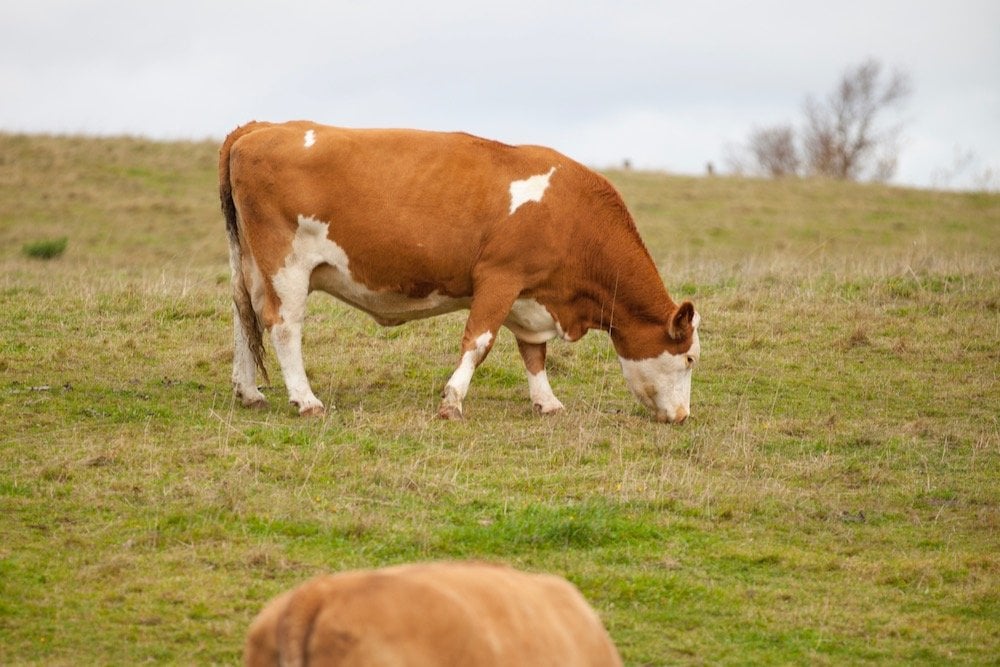Having the Canadian economy’s highest job vacancy rate has cost the country’s primary ag sector three per cent of its value, new research shows.
The Canadian Agricultural Human Resource Council on Tuesday released labour market information (LMI) research which, based on data for 2014, pegged primary agriculture’s annual farm cash receipt losses at $1.5 billion, or about three per cent of the sector’s total value in sales and production.
In the beef cattle sector alone, the Canadian Cattlemen’s Association noted in a separate release, unfilled vacancies cost the industry $141 million in farm gate cash receipts in 2014.
Read Also

Ample supplies and improved livestock sector to boost Canadian feed sector: FCC
Abundant feed grain supplies and improved profitability for the livestock sector should support strong feed demand and sales through the winter, says a new report from Farm Credit Canada.
The study found the gap between labour demand and the domestic Canadian farm workforce now sits at 59,000. the CAHRC said in a release during its recent “Growing the AgriWorkforce” summit in Winnipeg.
Projections indicate that by 2025, the Canadian agri-workforce could be short workers for 114,000 jobs, the council said. In the beef cattle sector alone, the gap could widen to 12,500, the CCA said.
In the beef sector, the CCA said, the study suggested the future increased labour gap could come from a spike in labour demand for up to 2,500 workers, as export-dependent and “protein-based” commodities are expected to post productivity growth of about 2.5 per cent over the next 10 years.
Trade agreements such as the Trans-Pacific Partnership (TPP) and Canada’s Comprehensive Economic and Trade Agreement (CETA) with the European Union are also likely to generate more beef exports, the CCA said.
The LMI study suggested a declining labour supply in beef production, due mainly to retirements by up to a third of current producers over the next 10 years, will be the largest contributor to that projected labour gap, the CCA added.
The CAHRC said its research was based on surveys, interviews and focus groups with 1,034 representatives of Canadian farm organizations, employees and employers, including 813 farmers.
The LMI study looked only at primary production, not processors or input suppliers, but worker shortages affect both farmers and processors, the council added.
“Unfilled jobs in Canadian food processing plants force Canadian foods to be processed outside of Canada in places like the U.S. and Mexico where there are workers,” the council said.
As a result, Canada has to import its food back into the country after processing, which adds to food costs for Canadians, and “these two factors together could have a significant impact on Canada’s ability to produce and process its own food.”
Immigration is likely to account for growing share of the future labour force in Canadian agriculture and beef production, the CCA said, but “some provinces may benefit more than others due to regional economies and demographics.”
“The situation is critical now and will only get worse unless it is effectively addressed,” Portia MacDonald-Dewhirst, the CAHRC’s executive director, said in the council’s release.
The council, she said, “has established the necessary collaborative channels with government and industry and now we need to continue to move forward to find solutions.” — AGCanada.com Network
















